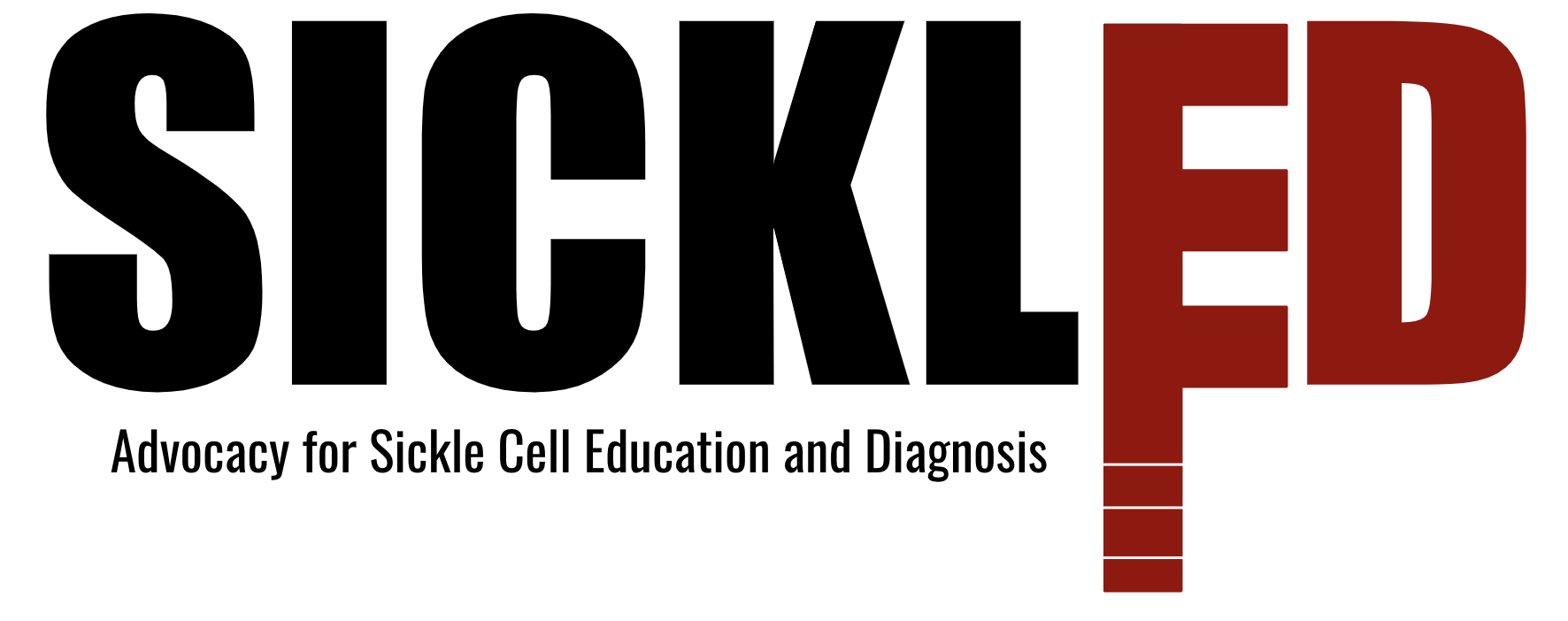We started our day at World Hope this morning and awaited a meeting with the Holy Spirit Hospital. With some last minute preparations and thought, we gathered our belongings and piled into the car. This would be our first meeting with a hospital in Sierra Leone.

We arrived at the hospital, where we were greeted by a friendly kid. He guided us to the Maternal Health Unit building at the back of the facilities, where we met the Mothers of Sierra Leone team. As they were interviewing the deputy matron with whom we had arranged our original meeting, we waited for some minutes, took a few pictures outside the unit, and offered some cookies for his help. When the matron was done with the interview, she guided us to the office of the hospital administrator, where we also met the hospital’s staff administrator. After some brief introductions, we showed him the abstract of our team’s Perceptions Paper that previous team members had written with the information gathered two years ago. He was elated to see the progress that the team had made towards understanding the current situation of SCD in the country and that we are making an effort to publish our results. We also showed him and the other staff members some photos of the current state of our device, and the matron was especially interested in the strip’s point-of-care and rapid test concepts. It seemed to resemble many other diagnostic devices current PHUs and hospitals in the region were using for diabetes and malaria. They also shared with us how in recent years they have been working with a UK institution to put together a plan of action to raise awareness, testing, and treatment for diabetes among the communities in Bombali district. It was interesting to hear how everything had started with an initiative and budget to sponsor a few outreach sessions, and, after a couple of years, Holy Spirit had been receiving so many diabetic patients at their hospital that they built a separate unit exclusively for diabetes. We ended our meeting by mentioning our hopes of collaboration with the DMO to run a similar initiative with SCD.
After meeting with the administration, the deputy matron led us to the medical supervisor’s office. We presented an overview of the project, showing pictures of our device and explaining our current plans. The medical director was both intrigued and excited at the prospect of our device, regarding it as “game changing.” He explained that he is not aware of any SOPs in place, or in progress, for Sickle Cell Disease, but agrees that it is an important initiative. He elaborated on the diabetic testing centers that Holy Spirit founded and expressed how in a few years they have been very successful. He said they have noticed more consistency with rechecks and also had more people seeking care. We explained our plan to create an SOP for Sickle Cell Disease to present to the DMO and he even offered to look over our SOP before presenting it and gave us useful guidance for developing guidelines. The deputy matron offered to come with us to the DMO presentation as a representative of Holy Spirit Hospital. We were excited to hear such support from the hospital and we will be following up with the matron once we settle our plans to visit the DMO.
We left Holy Spirit Hospital in order to prepare for our second meeting of the day: SHAFS. After more development in preparation for our DMO meeting, we quickly met to discuss our approach with the advocacy group, landing on providing them with updates and offering to help in the ways we can (connections, awareness of the group, educational materials). With a new address, it took us time to find the exact building they were in. Once we arrived, the advocacy team graciously invited us to talk. We update SHAFS on our current project points, including our fieldwork plans, testing device, and flipbook. The group showed extreme passion for sickle cell advocacy, many members being sickle cell patients themselves, and dug into all of the work we had been doing. SHAFS’s director offered insights into how to alter our flipbook to cover more misconceptions as well as how to handle our upcoming meeting. The people working for SHAFS are by far some of the most dedicated and passionate workers we have ever met. This organization saw the greater picture which our team had been hoping to work on developing; the end to end process of screening, diagnosis, and persistent treatment to provide patients with the best lives possible. With over 250 patients actively seeing SHAFS, the organization has grown to accommodate the people of Makeni.
Speaking with SHAFS was an incredible experience. Although seemingly intense, we came to realize that it truly was raw passion. We believe that if SHAFS had more resources and connections, especially those provided by the government in comparable ways to malaria or diabetes, their efforts and overall impact would be immeasurable. Our future visits will be sure to include providing contact information for SHAFS to help expand their reach.
